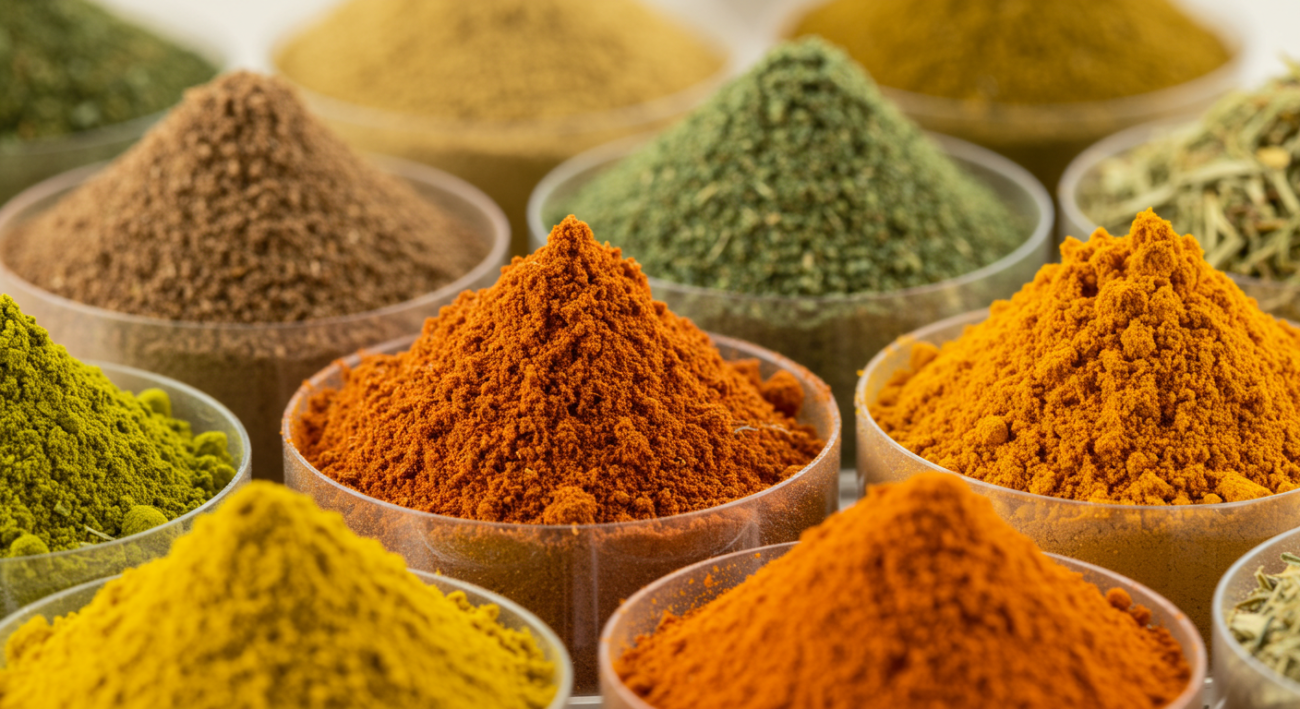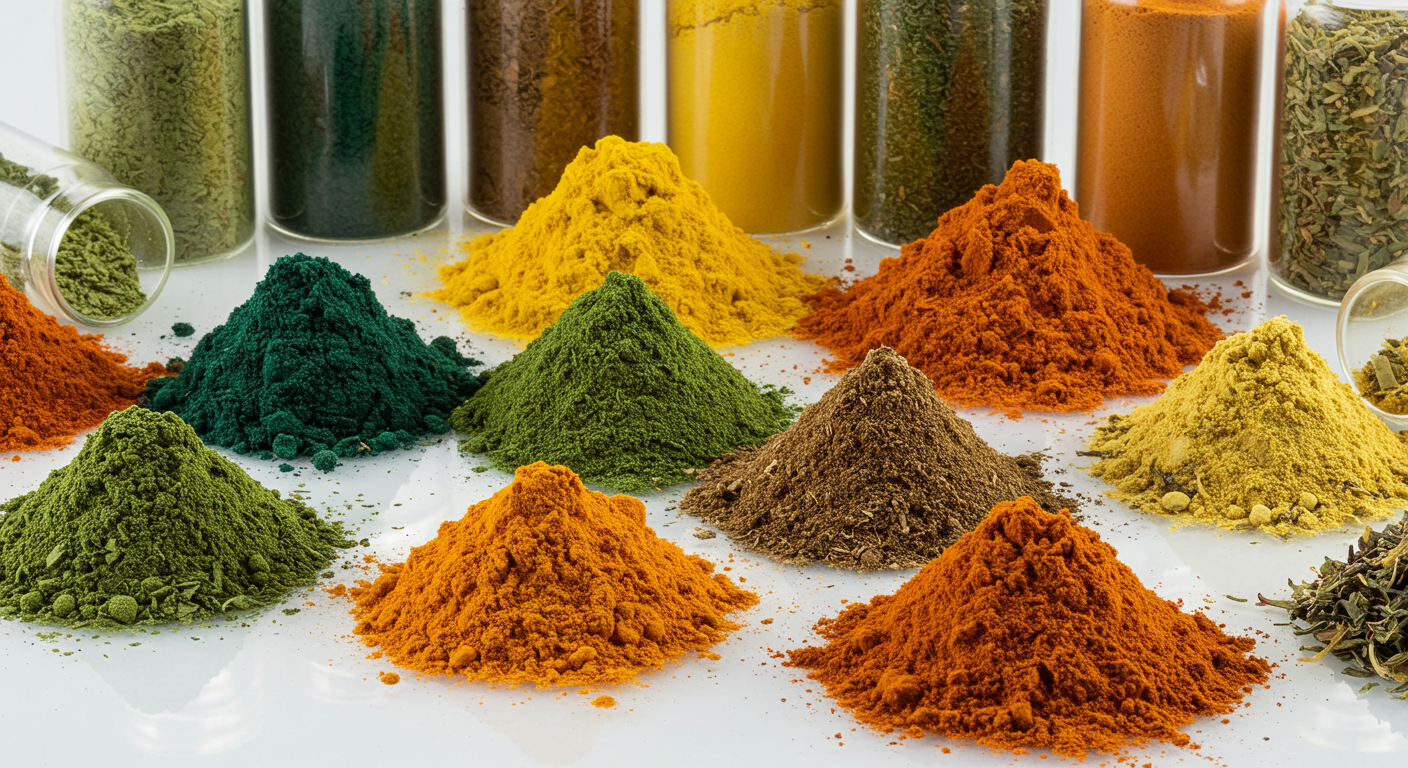What is the Process On a Standardization of Standardizing a Herb Extract?
When we say herbal supplements, consumers desire most is just to trust anybody. That trust is created through consistency. But what do the herbal companies do to make sure that every capsule, in every drop, or every scoop has the same amount of healing power? The right solution is in one amazing and scientifically supported procedure called standardization.
What is Standardization of Herbal Extracts?
How is a herb extract standardized? Standardization is treating all the batches of herbal extracts to contain a particular quantity of one or more active compounds. That is consistency, potency, and safety. Whether you want to purchase a bottle of turmeric extract, ginseng capsules, or milk thistle tincture, the purpose is the same: to provide a consistently predictable dose of bioactive compounds per serving.
What is the Justification?
The herbs, in contrast to the synthetic drugs, which are produced in controlled lab conditions, are natural products. They may be very powerful and of high quality, and they may not. That is why the standardization of herbal extracts is not only significant but obligatory. Here’s why:
12-Nature is Not Consistent
Chemical composition of the plant is influenced by such factors as soil type, sunlight, rainfall, and geography.
• The time of harvesting is important
Depending on the lifecycle of the plant, the concentration of bioactive compounds in a plant varies gradually. The incorrect harvesting can reduce efficacy.
• Potency impaired by processing
The final herbal extract can be radically transformed by the various methods of drying, temperatures, and extraction solvents.
• Batch-to-batch consistency is important
Without standardization, the same batch could be highly potent, and the other one could be weak- in this case, therapeutic dose reliability cannot be guaranteed.
• Confidence and security
The quality control should be adjudged properly so that herbs have no contaminants, heavy metals, or microbes.
• Consumer confidence
A standardized extract ensures that there is, on the label, in the bottle, nothing more or nothing less.
What is the Standardization of a Herb?
How is a herb extract standardized? Now here is the juicy technical stuff. In general, the process of standardization can be characterized by a multi-stage scientific process:
1. Botanical Identification
The whole thing begins with a suitable plant. Botanical authentication and pharmacognosy are employed by the experts such that the raw material is exactly what it purports to be.
2. Raw Material Tests
The raw herb is tested before any extraction in the following ways:
Moisture content
• Microbial load
• Heavy metal
• Pesticide residue
This makes the content safe and clean.
3. Extraction Process
They are extracted from the plant using such techniques as CO2 extraction, solvent extraction, or hydroalcoholic extraction.

4. Quantitative Analysis
Here, tools of analysis such as HPLC (High-Performance Liquid Chromatography) and TLC (Thin-Layer Chromatography) play a role. They analyze the active components of the extract. For example:
• Turmeric curcuminoids
• Ginsenosides of Ginseng
Silymarin (Milk thistle)
5. Identification of Marker Compound
A marker compound is defined as a particular chemical that is taken as a standardization point.
6. The Alteration of the Extract Ratio (DER)
DER is the abbreviation of Drug Extract Ratio. The concentration or dilution of the extract can be mixed to achieve the desired ratios to be achieved.
7. Checking Consistency Batch-to-Batch
In each batch, analysis is carried out on:
• Cleanness and strength
• Trend in active compounds
• Tainted foods and shelf-life
This ensures of consistent profile of herbal extract.
8. Certificate of Analysis (CA)
Each batch is supplied with a lab-tested certificate of analysis approving its quality.
The Significance of the GMP and ISO Standards
Standardization is not all about quantifying active ingredients; it is all about ensuring that you make a product that is safe, reliable, and one that is trusted the world over. It is here that Good Manufacturing Practices (GMP) and ISO certifications come in. These global quality regimes act as the spine for the manufacturing of herbal extracts. It is impossible to deny that without them, even the most accurate standardization will be senseless. This is the reason why GMP and ISO are needed:
• Raw materials traceability
Each of the herbs is traced on the road, starting with seeds found on the shelf, so that they are ethically obtained and responsibly treated.
• Security of the Production Process
Hygienic facilities, processing, and controlled quality environments minimize times of contamination and human error.
• International standards Compliance
The GMP and ISO compliance means that manufacturers follow industry standards around the world, and this enables them to confidently enter other markets across the world.
BATCH Integrity and Consistency
Each such batch should undergo high documentation and testing requirements-minimizing variation and providing reproducibility. There are also the USP (United States Pharmacopeia) guidelines that serve as a global standard of measuring the purity, potency, and identity of herbal extracts. When combined with GMP, ISO, and USP standards, herbal products produced using these guidelines create a standard with which consumers can be confident.
Advantages of Standardization to Consumers
By settling on a standardized herbal extract, you are deciding to get the peace of mind. Standardized extracts are a safe bet, unlike raw or non-standardized herbal products, in the sense that you can truly bet on them, particularly when it relates to your health. This will help you in the following way:
- Quality Health Outcomes
The amount of active ingredients is also uniform each time, and this is useful in maintaining uniform and measurable outcomes.
- Safer Supplementation
Standardized products are under strict quality control. They are tested on purity, contaminants, and levels of active compounds.
- Correct Dosing
On the label is what is in the product. This minimizes the possibility of overdosing and underdosing.
- Larger Therapeutic Comportment
Your organism gets the same useful compounds every time, which leads to the overall well-being and confidence in the product. The combined effects of these advantages result in enhanced efficacy of herbal extracts, rendering them not only natural but also scientifically reliable.
With any kind of standardization in a world of alternatives, the implication of high-quality herbal supplements stands out in my world. It converts nature into something predictable, powerful, and everyday consumable.
Conclusion:
How is a herb extract standardized? It is a combination of science, nature, and quality assurance. Starting with the identification of the marker aggregates and ending with the phytochemical tests, all the activities comply with providing safe, efficient, and strong herbal supplements. B-Thriving follows the highest standards about the extract quality of herbals. Our products are lovingly made, tested, and scientifically proven. Standardized herbal extracts are most appropriate, especially when you pay serious attention to your health. They are not only superior but also smarter.

